30 percent of rural households landless
Sat 04 Jul 2015, 11:29:41
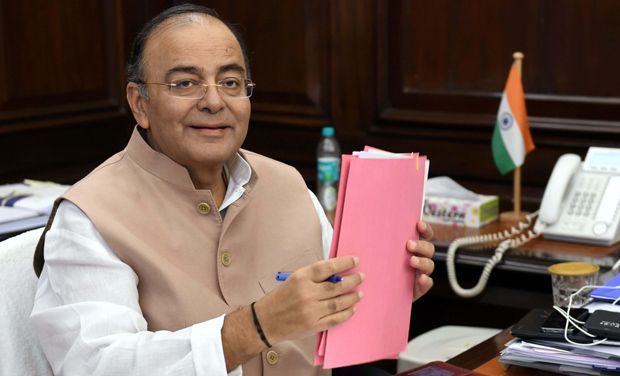
New Delhi: Nearly 19 per cent of India’s rural population in 2011 lacked at least one of seven socio-economic parameters used to estimate deprivation that include source of income, the presence of an able and literate adult and quality dwelling.
The first socio-economic and caste census in India since 1934, the Socio Economic and Caste Census 2011 (SECC), was released here on Friday by Union Finance Minister Arun Jaitley.
Among the crucial findings of the exercise, conducted by the Ministry of Rural Development, was that about 30 per cent of rural households are landless and derive a major part of their income from manual, casual labour. The second most common form of deprivation was literacy with close to a quarter – 23.5 per cent — of rural households having no literate adults above the age of 25.
Releasing the census, Mr Jaitley said the findings would form the basis for States and the Centre to take policy decisions on schemes and programmes. “It provides a basis for helping to target groups for support and for policy planning,” he added.
However, the data released on Friday pertained only to the socio-economic parameters of the SECC 2011. The detailed caste-based data that will include figures for the Other Backward Classes will be placed before Parliament.
Independent India’s first Socio-Economic and Caste Census, aimed at helping the government ascertain the root cause of poverty, stated that though the situation in the countryside is grim, there is a positive change.
The report, released by
Finance Minister Arun Jaitley on Friday, states that about 20 per cent of the rural households possess motorized vehicles which require registration. The vehicles they own include two, three and four wheelers (motorcycles, tempos and cars) and motorised fishing boats.
Finance Minister Arun Jaitley on Friday, states that about 20 per cent of the rural households possess motorized vehicles which require registration. The vehicles they own include two, three and four wheelers (motorcycles, tempos and cars) and motorised fishing boats.
About 11 per cent of the rural households own refrigerators. It obviously indicates a lifestyle which is closely linked to the urban centres.
The data on mobile phones reveals a striking fact that communication tools have crossed the barrier of class and has become essential for all sections of society, except for those who are extremely deprived. The data reveal that over 68 per cent of the households have mobile phones. It is not clear whether this comparatively well off section has disposable income. But it is quite apparent that the section is integrated to the urban life with vehicles and communication tools.
“Although it is called the Socio Economic and Caste data, the release so far has been of only the socio-economic data. The detailed caste-based data has not yet been released. However, Parliament has asked for this data, and so it will be placed before them at some point. At that point, it will be made public," said National Statistical Commission Chairman Pronab Sen.
The extent of and approach to deprivation captured by the SECC 2011 contrasts with the poverty estimates of the erstwhile Planning Commission, which were income-based. As per the Commission’s last estimate, in 2011-12, 25.7 per cent of India’s rural population was below the poverty line ie. with an income below Rs. 816 per capita per month.
No Comments For This Post, Be first to write a Comment.
Most viewed from Specials
Most viewed from World
AIMIM News
Latest Urdu News
Most Viewed
May 26, 2020
Can Lionel Messi's visit boost Indian football?
Latest Videos View All
Like Us
Home
About Us
Advertise With Us
All Polls
Epaper Archives
Privacy Policy
Contact Us
Download Etemaad App
© 2025 Etemaad Daily News, All Rights Reserved.


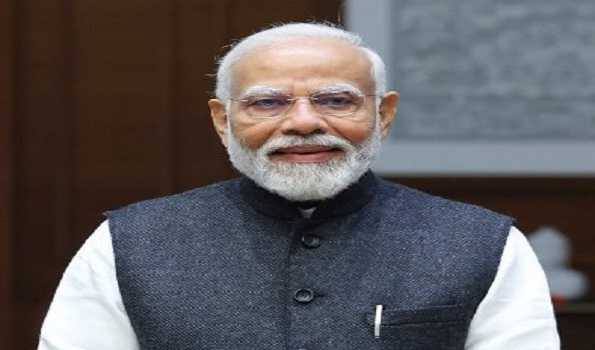
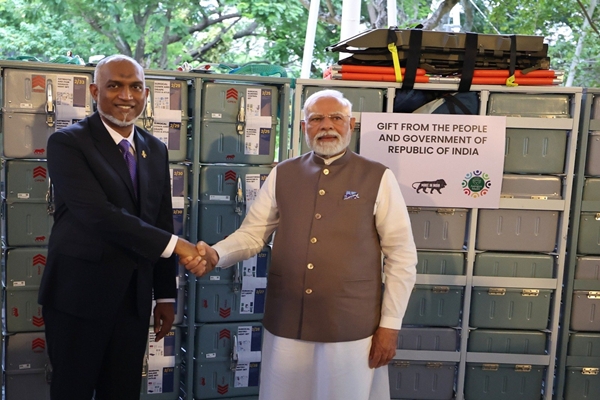
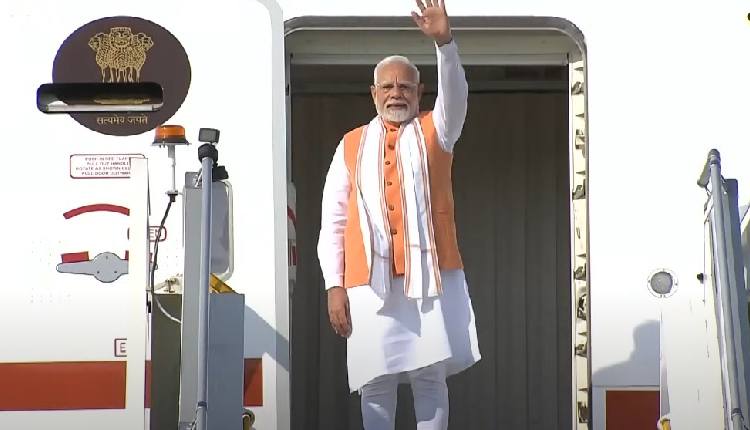
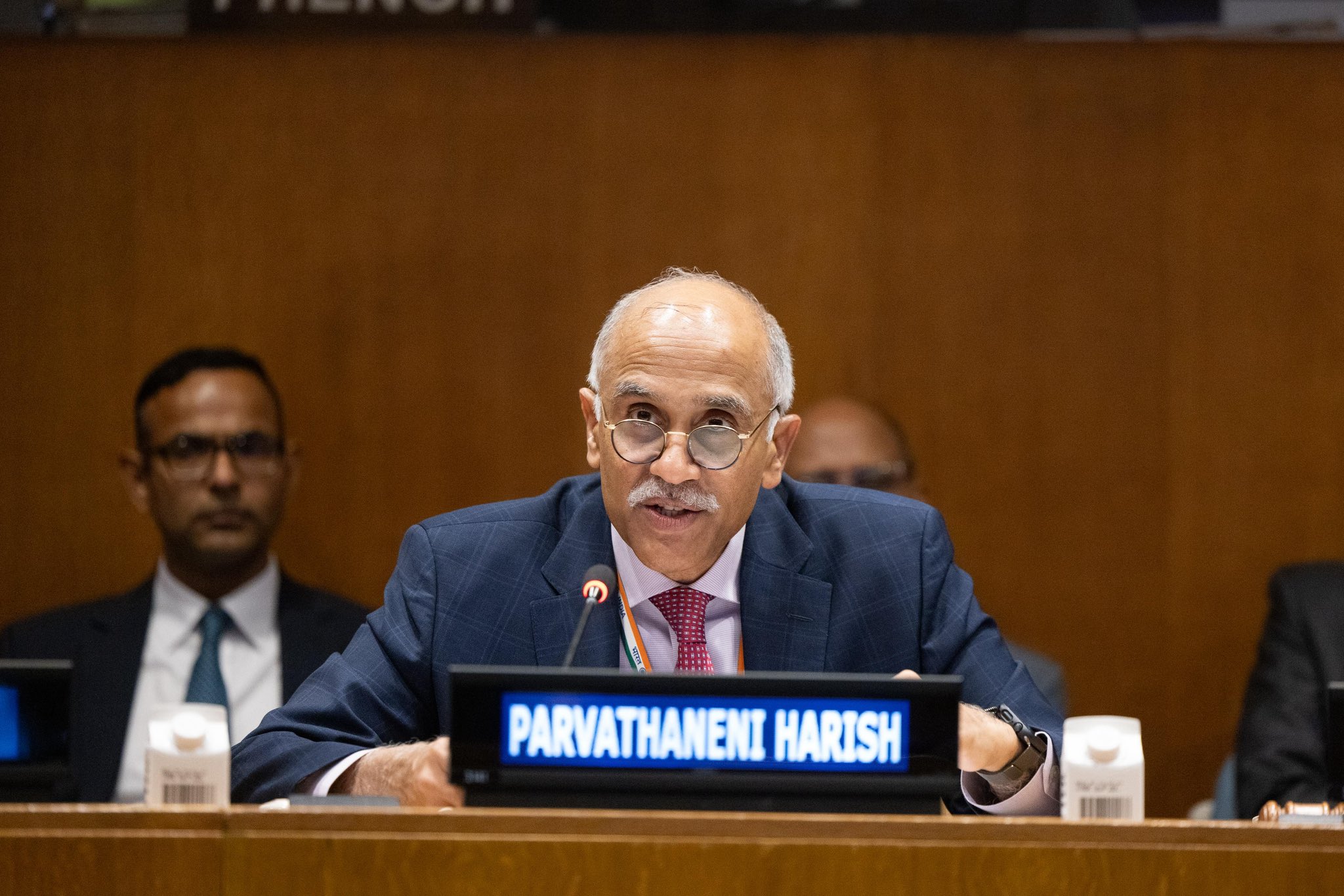
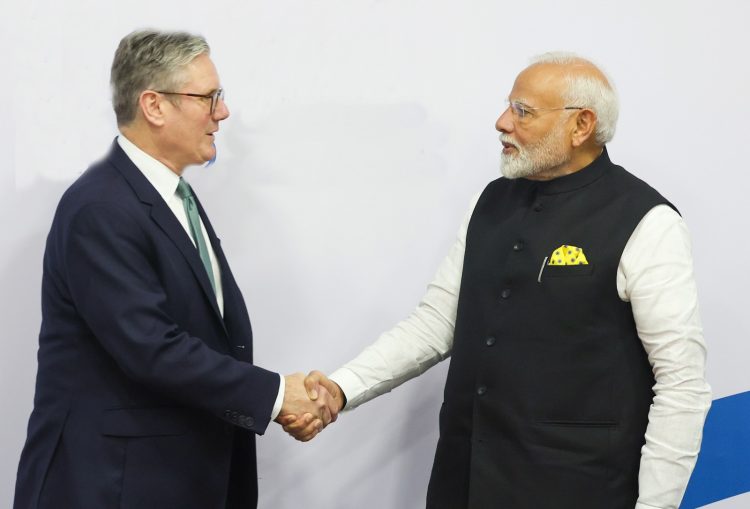
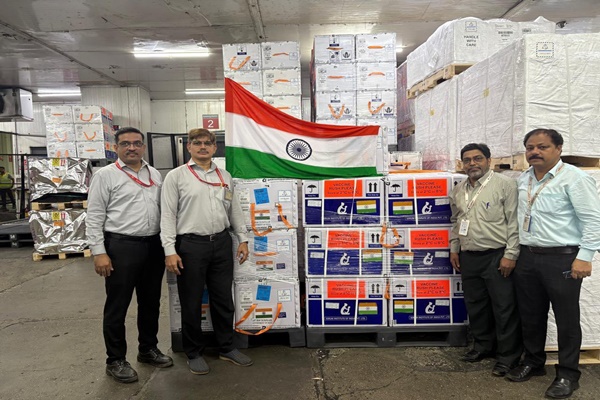
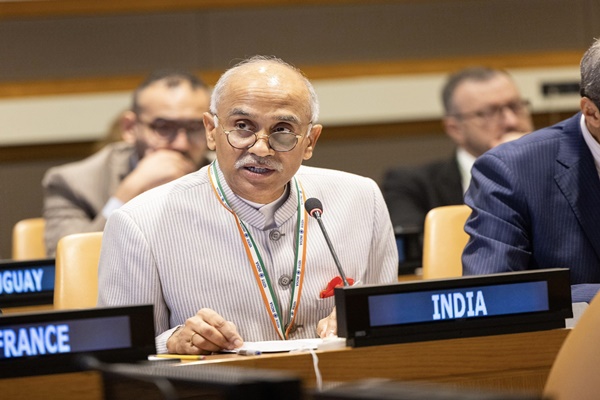
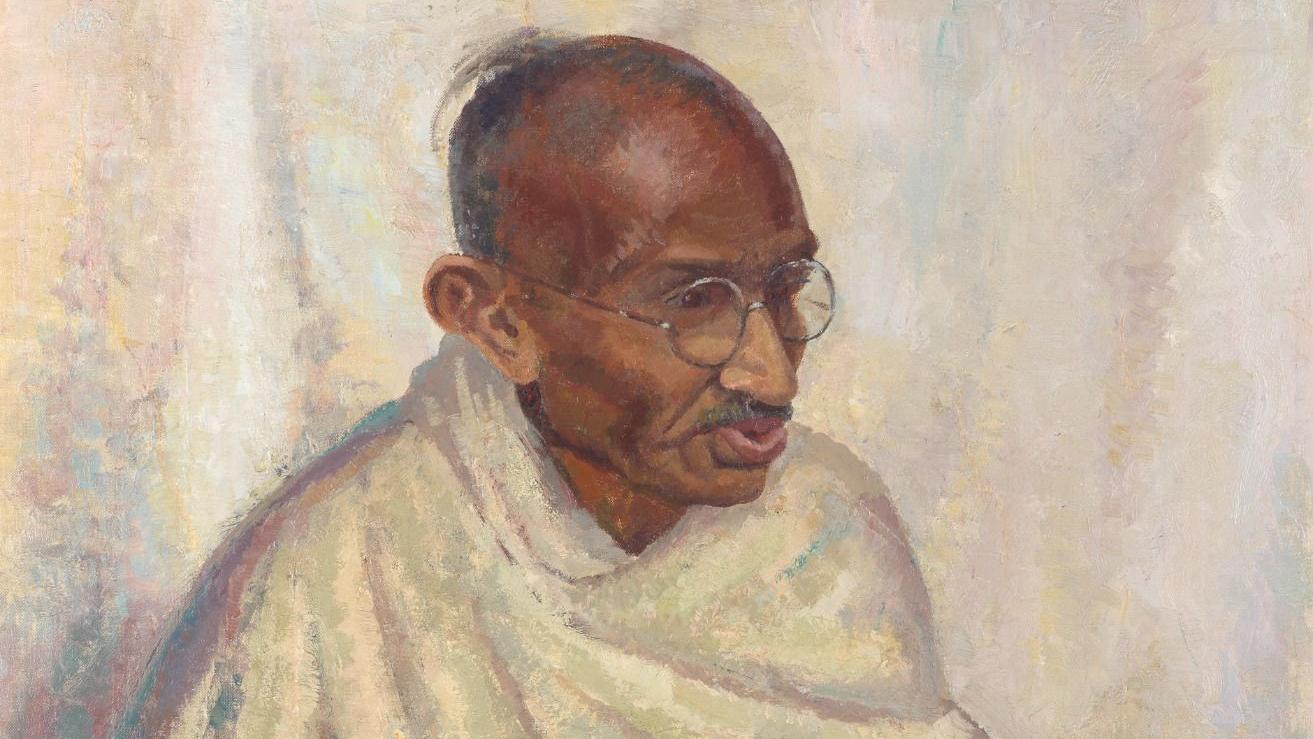
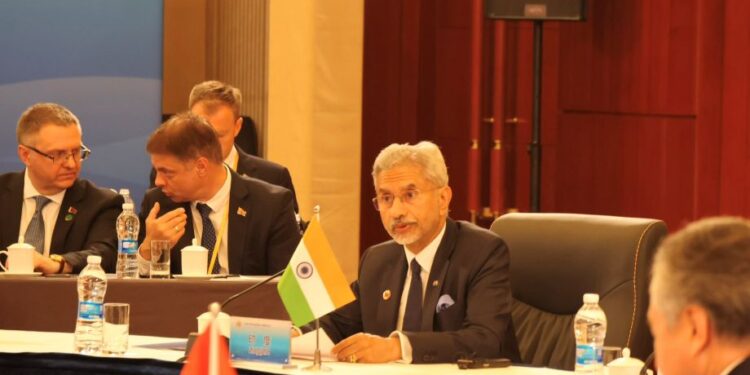

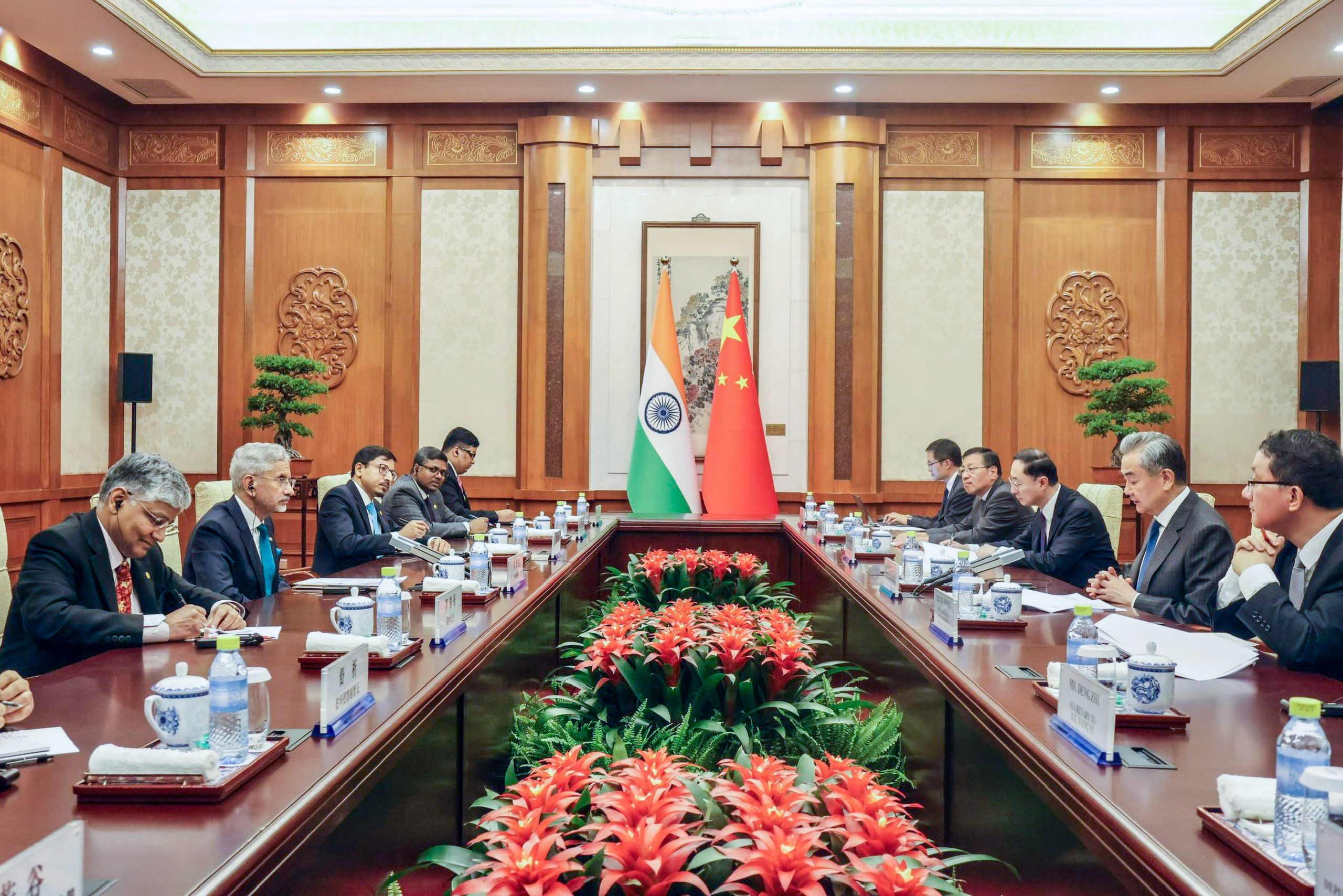
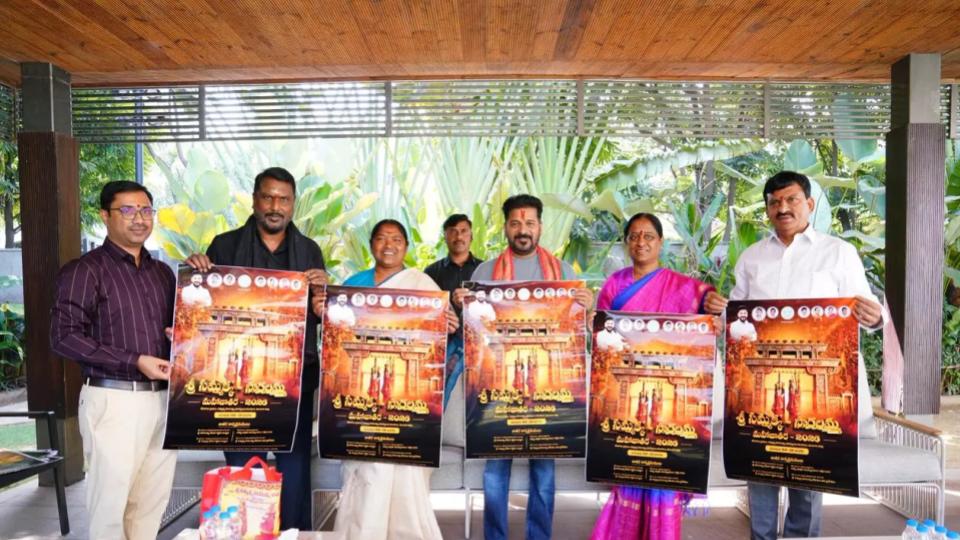

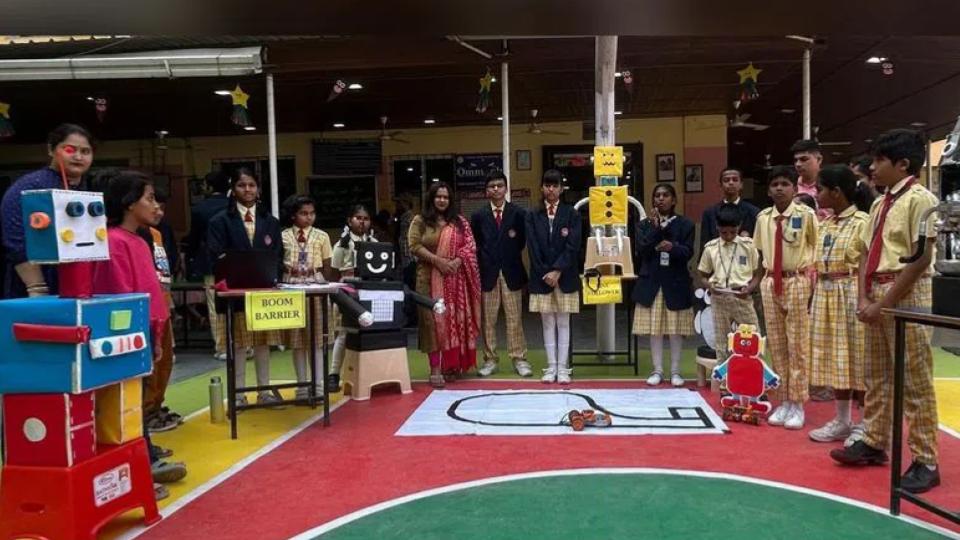
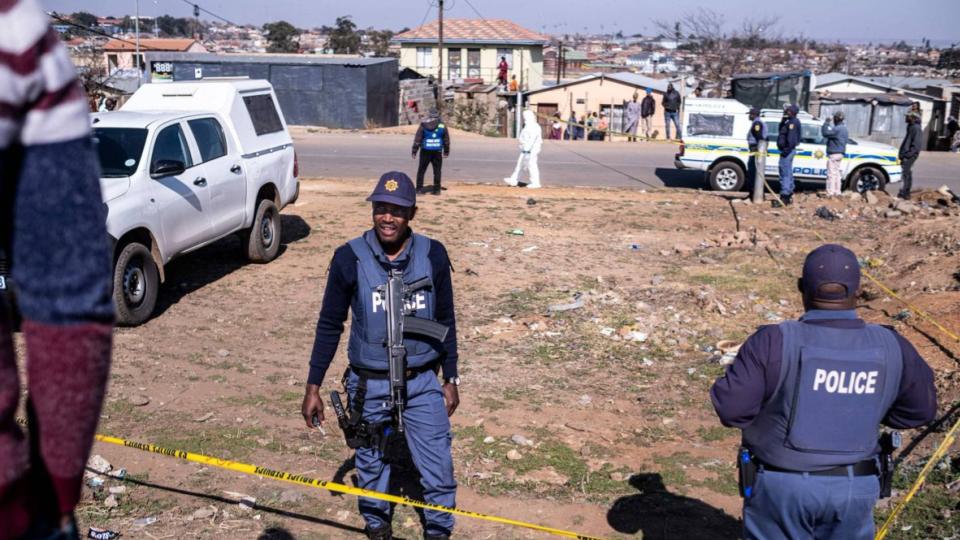
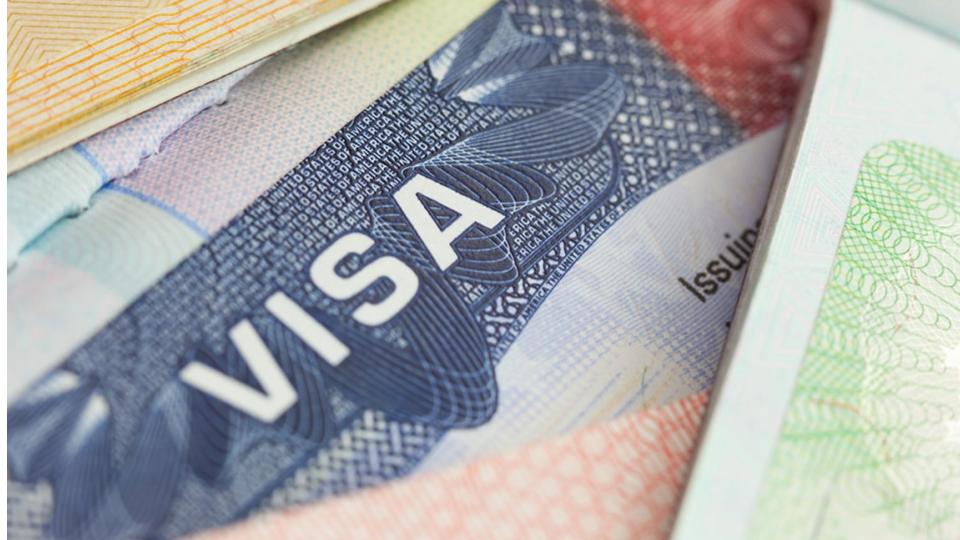
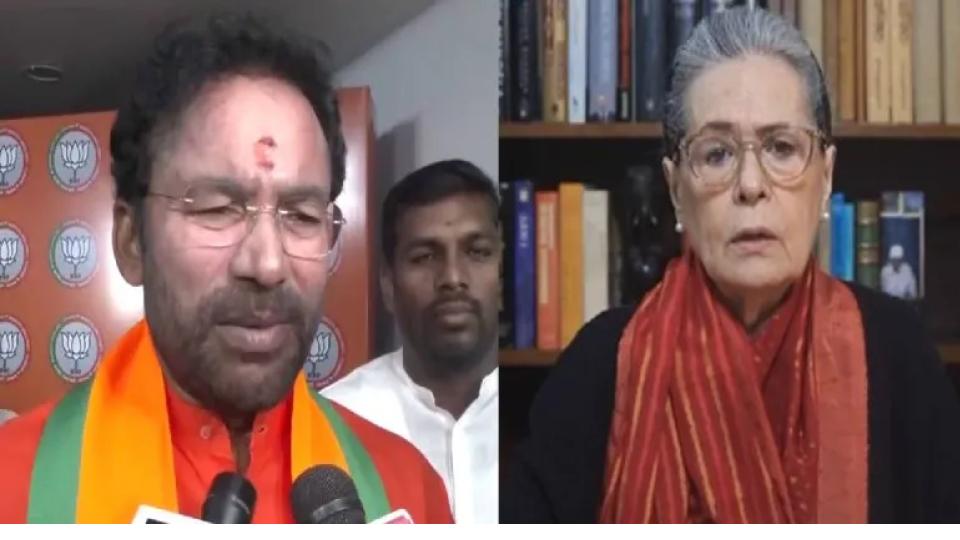
.jpg)
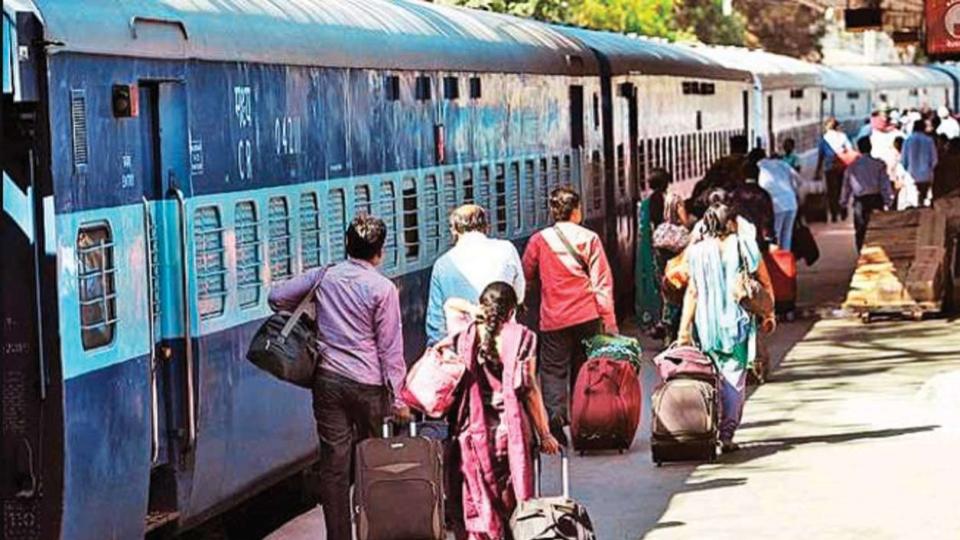
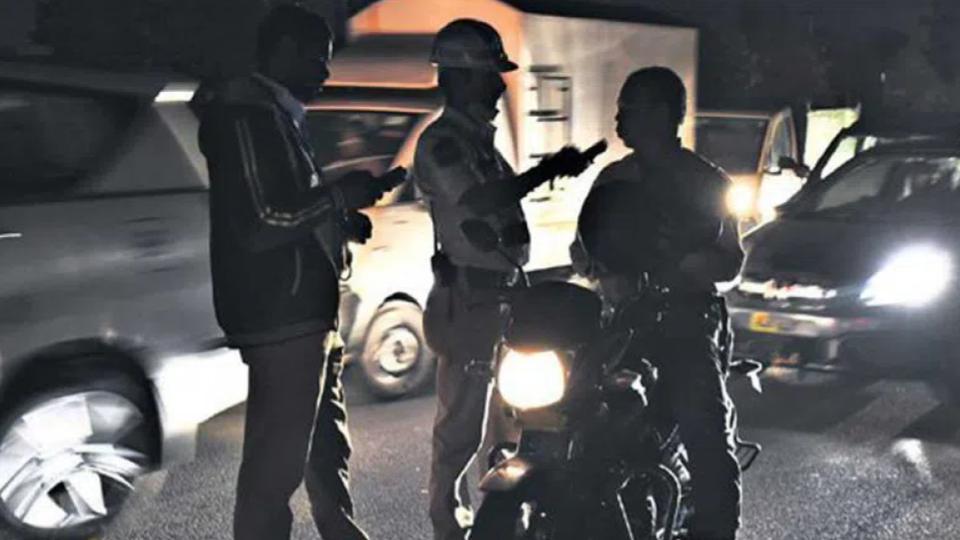

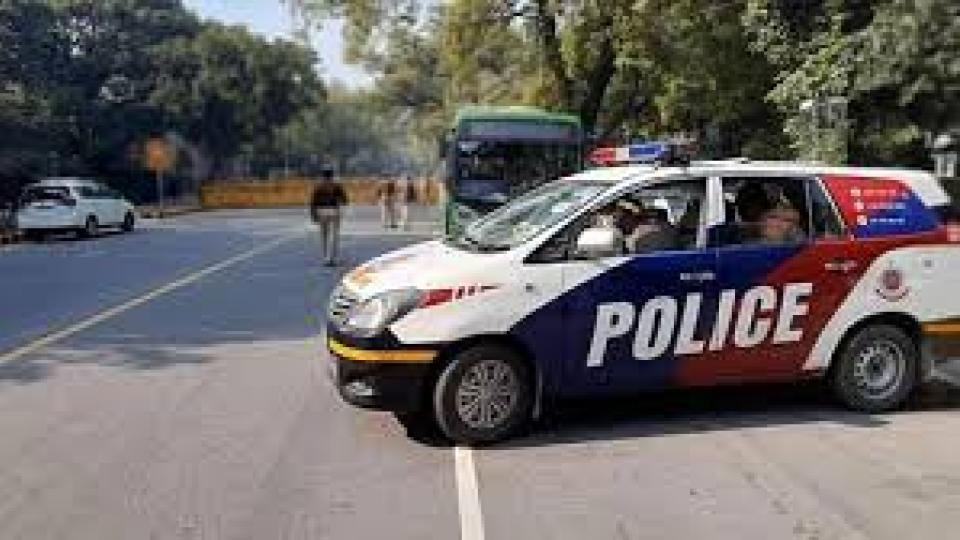
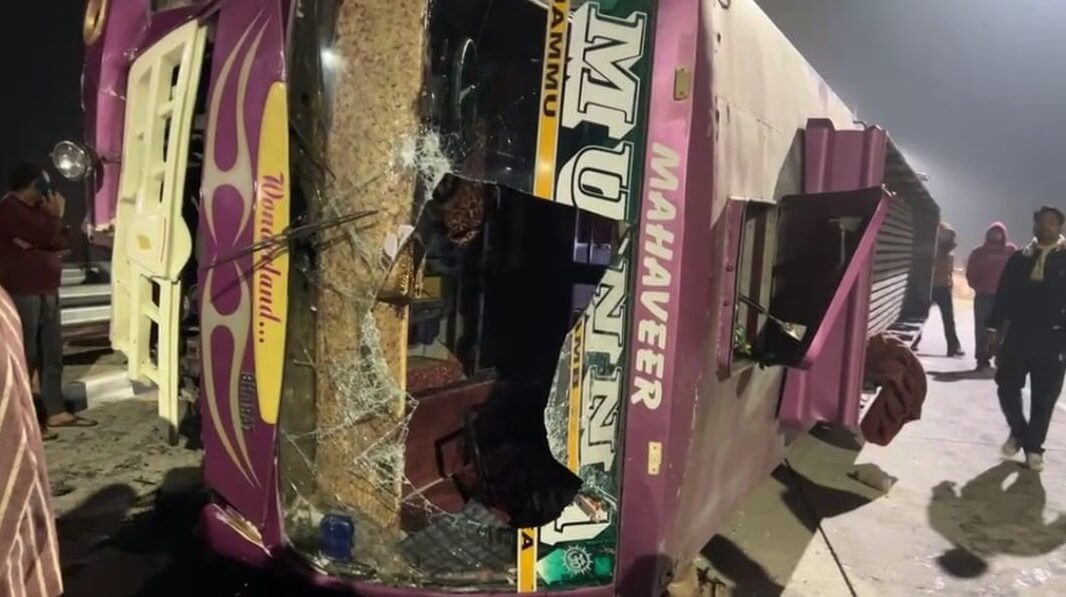












.jpg)
.jpg)
.jpg)


